What are various types of Gaskets ?
A Gasket is a type of mechanical seal that fills the space between mating surfaces. Various types of gaskets take care of irregularities to prevent (gas or fluid) leakage in the joint in the compressed condition.
This article covers various types of gaskets and their applications in different industries. We suggest you also read this article on types of check valves, their working, and applications.
Applicable Standard
Gaskets are available as standard and customized parts. They are available in the market as per the following standards.
Types of Gaskets
- According to Manufacturing Process
- Die Cut gaskets
- Extruded Gasket
- Molded Gasket
- Form-in-Place and Cure-in-Place Gaskets
- According to type of Material
- Non-Metallic Gasket
- Metallic Gasket
- Composite Material Gasket
- According to Construction of the Gasket
- Round Gasket
- Spiral Wound Gasket
- Constant Seating Stress Gasket
- Fishbone gaskets
- Flange gaskets
- Kammprofile gaskets
- Double-jacketed gaskets
Types of Gaskets according to Manufacturing Process
Following types of Gaskets are available according to the manufacturing process.
1. Die Cut Gasket
Die-cut gaskets are uniform thickness flat gaskets. We can cut these gaskets in various sizes and shapes from flat sheets. In some designs, engineers use double-sided tapes for flat gasket assembly.
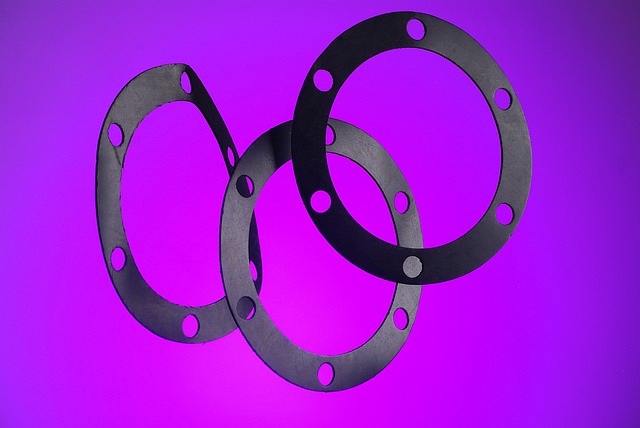
Die-Cut gaskets have applications where the mating surface is flat.
2. Extruded Gasket
These gaskets are low-cost and are available in silicon and rubber material in various shapes. Extruded gaskets have applications where we have a dedicated groove in part.
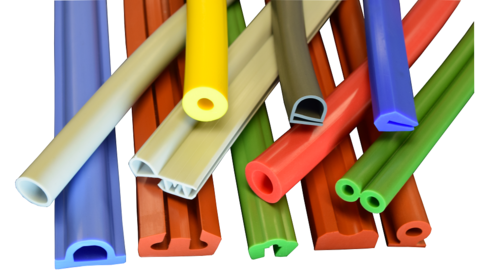
For any application, Extruded gaskets are cut to a specified length and then placed inside a dedicated groove inside the part.
3. Molded Gasket
We can customize molded gaskets in complex 3D shapes and sizes. It gives the advantage of proper sealing between mating parts and ease of assembly.
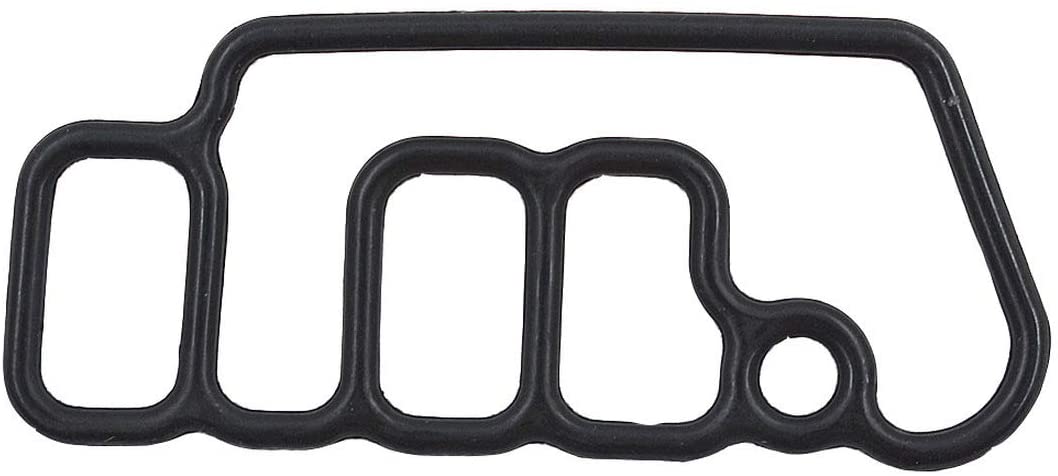
But molded gasket requires tool development that consumes time and money. Molded gaskets have applications where mating parts have complex 3D surfaces where flat, round, or extruded gaskets are difficult to assemble.
4. Form-in-Place and Cure-in-Place Gaskets
Form-in-place and cured-in-place gaskets use liquid material and cure it to make gasket.
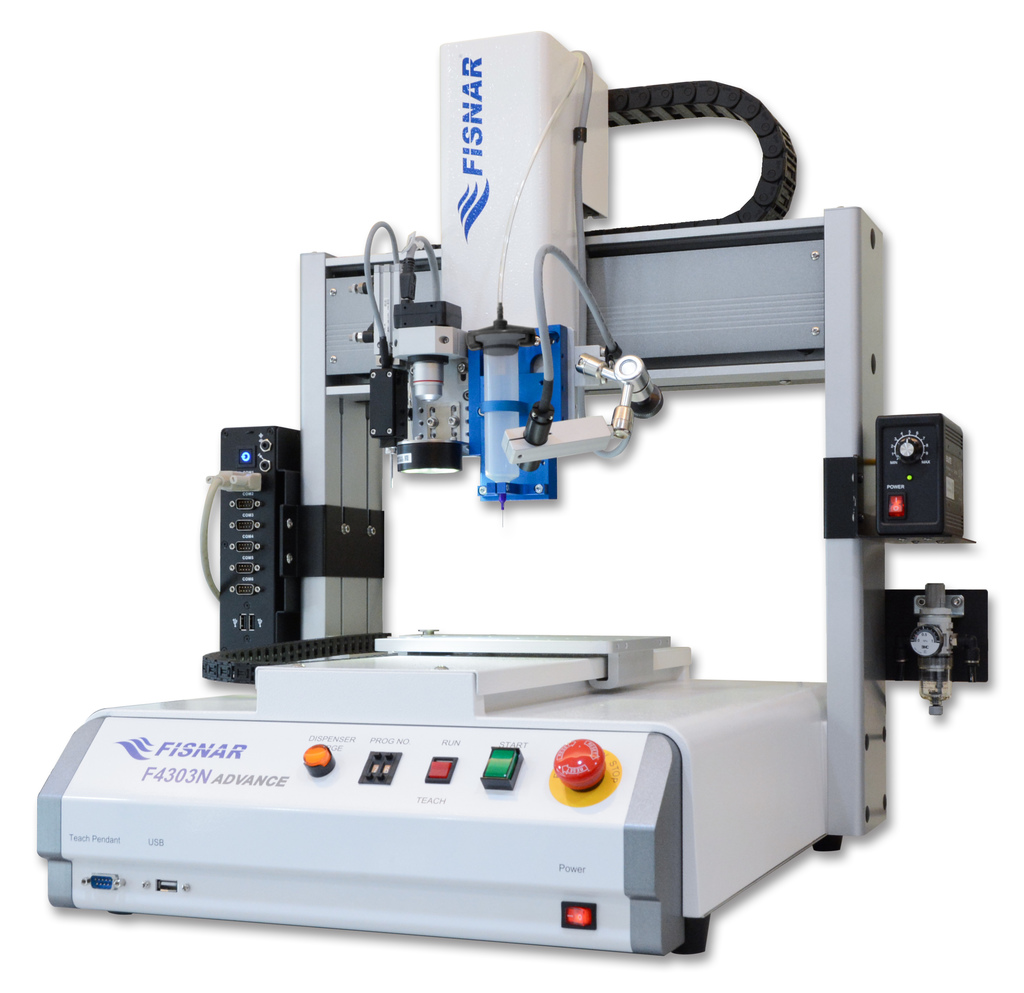
The liquid material is dispensed manually or using a 3-axis robot onto the mating surface during liquid gasket dispensing. Afterward, dispensed material cures using UV-Rays, air, or heat.
As a result, the mating surface is bonded with gasket material and does not require manual gasket assembly operation.
Gaskets according to Material Type
1. Non-Metallic
A non-metallic or soft gasket is the most commonly used type of gasket with a high compression ratio. These gaskets are available in rubber (silicone, Nitrile, neoprene, Butyl, Hypalon, EPDM, and SBR), Teflon, and PTFE materials.
2. Metallic
Metallic gaskets are also known as ring or RTJ gaskets. They are available in soft metals such as stainless steel, Monel, Inconel, and soft-iron. They have applications where a high clamping force between mating parts is required.
3. Composite Material Gasket
Composite Material gaskets are a combination of metallic and non-metallic materials. Spiral-wound, Metal-Jacketed, and Kamprofile are an example of composite material gaskets.
Types of Gaskets according to their Construction
1. Spiral-Wound Gasket
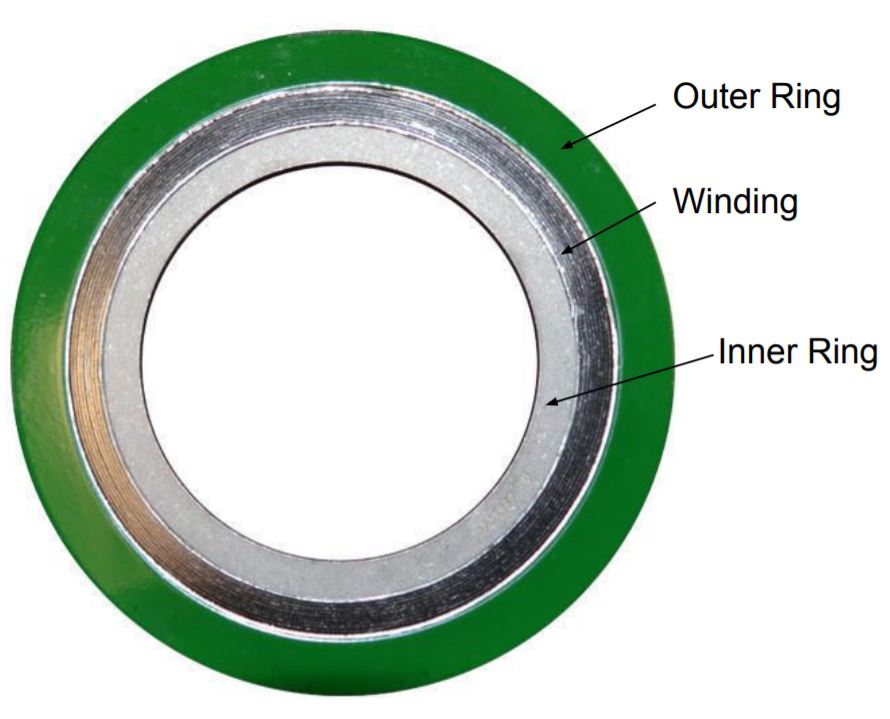
Spiral Wound Gaskets are a type of composite material gaskets consisting of inner & outer rings, filler material (graphite or PTFE), and winding material (stainless steel). The winding material is a thin sheet of metal. The gasket inner ring gives support to it.
3. Constant Seating Stress Gasket
Constant seating stress gaskets consist of a solid incompressible carrier ring (usual steel) with channels on both sides. These carrier ring channels have compressible sealing material such as PTFE or expanded graphite. The constant seating stress gaskets have applications:
- Where uniform sealing stress is required.
- To avoid uneven loading problems.
- High-pressure applications where thermal loading can be a concern.
4. Fishbond Gasket
The Fishbone gaskets are a type of metallic gaskets. They are a replacement for Kamm-profile Spiral-Wound gaskets with the lowest leak rate.
The bones in the fishbone gasket remain ductile even in compressed conditions. It keeps the mating parts compressed during thermal cycling.
5. Flange Gasket

Flange gaskets are the simplest type of gaskets designed to use between flange mating surfaces. We suggest you also read this article on various types of flanges in piping.
6. Kammprofile gaskets
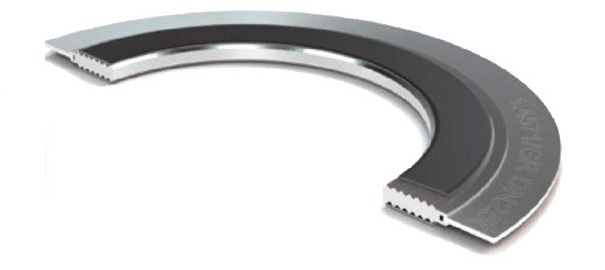
Kammprofile gaskets have metal cores (stainless steel) with concentric grooves surrounded by non-metal filler materials such as graphite or PTFE. They have applications in heat exchangers, oil and gas industries.
7. Jacketed Gaskets
Jacketed gaskets have a soft non-metallic interior with a metallic coating. They can be single-jackets or double-jackets.
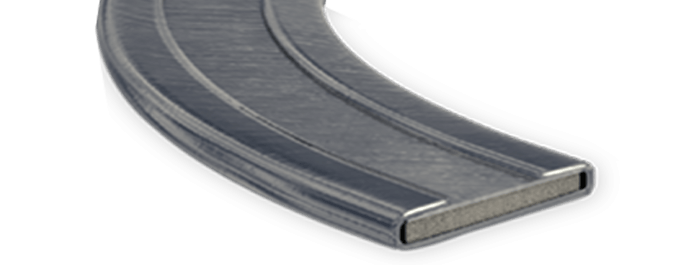
Single-Jacket gaskets consist of soft filler material enclosed in a single jacket, whereas double jacketed gaskets consist of soft filler material encapsulated by a metal jacket and insert. They have application in high-temperature and pressure conditions.
Selection of a Gaskets
- Gasket Material
- Compatibility of Gasket Material with Fluid
- Stress Relaxation or Creep resistance for gasket Material
- Molded Gasket
- Porousness in gasket Material
- Construction and Type of Gasket
- Compression Ratio
- Structure of mating surfaces
- Compression Set
- Fluid Internal Pressure and Temperature
- Life of the Gasket
Frequently asked questions on Gaskets: FAQ
Gaskets are used to fill the space and take care of irregularities between mating surfaces to prevent (gas or fluid) leakage in the joint.
The value of the compression ratio depends on your product design. But compression ratio recommended value for non-metallic gasket varies from “40” to “50”.
The compression ratio of a gasket determines gasket compression. For example, a 1 mm gasket with a 40 compression ratio can be compressed by up to 0.4 mm.
The compression set plays a key parameter during the selection of a gasket. It measures the ability of rubber to return to its original thickness after prolonged compressive stresses at a given temperature and deflection.
We will keep adding more information on various types of gaskets. Please add your suggestions, comments, or questions on What is a gasket and their types in the comment box. We suggest you also read this article on various types of mechanical couplings.

Add a Comment